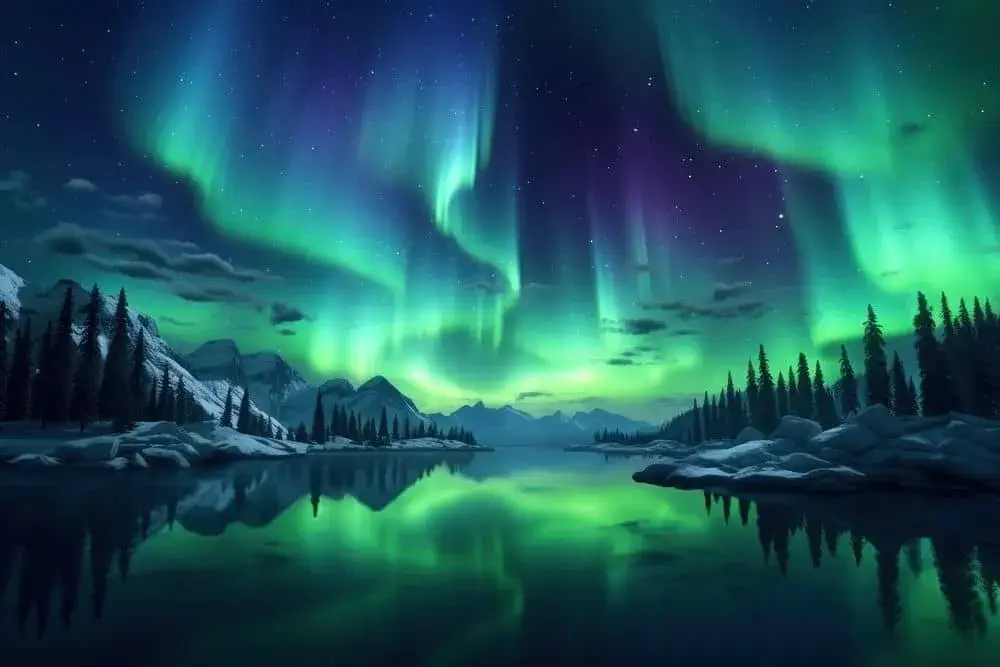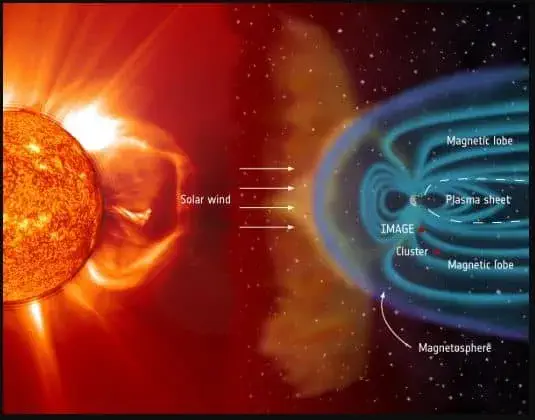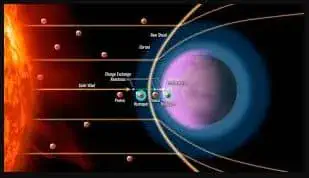
The Aurora Borealis, or Northern Lights, has captivated humanity for millennia, painting the night sky with ethereal hues of green, purple, and red. This celestial phenomenon isn’t just a visual marvel—it’s a tapestry of science, myth, and unanswered questions. Named after the Roman goddess of dawn, “Aurora,” and the Greek term for the north wind, “Boreas,” the lights have inspired awe and curiosity across cultures. Yet, despite modern advancements, mysteries linger. Did you know that in 1859, a geomagnetic storm caused by solar flares made the Aurora visible as far south as the Caribbean? Or that some indigenous cultures believed the lights were spirits of the dead? From ancient legends to cutting-edge astrophysics, the Aurora Borealis remains one of Earth’s greatest enigmas. Let’s journey through its history, science, and enduring puzzles.
Table of Contents
1. Historical Mysteries and Myths
Long before science offered explanations, the Aurora Borealis was shrouded in myth.
- Viking Lore: Norse legends interpreted the lights as the armor of the Valkyries, celestial warriors guiding souls to Valhalla. Others thought they were reflections from the shields of gods.
- Sami Beliefs: The indigenous Sami people of Scandinavia viewed the lights as sacred, avoiding speaking of them directly for fear of attracting misfortune.
- Medieval Europe: In the Middle Ages, auroras were seen as omens of war or divine wrath. Galileo Galilei, who coined the term “Aurora Borealis” in 1619, mistakenly linked them to sunlight reflecting off the atmosphere.
These stories reveal how the lights served as both muse and mystery, blending wonder with existential dread.
2. The Science Behind the Lights

The magic of the Aurora begins 93 million miles away, on the surface of the Sun.
Solar Winds and Earth’s Magnetosphere
Solar winds—streams of charged particles—collide with Earth’s magnetosphere, a protective magnetic field. Most particles deflect, but some funnel toward the poles, interacting with gases like oxygen and nitrogen. This collision excites atoms, releasing photons (light) in vibrant colors:
- Green: Oxygen at lower altitudes (60–150 miles).
- Red: Oxygen at higher altitudes (above 150 miles).
- Blue/Purple: Nitrogen molecules.
Geomagnetic Storms
Intense solar activity, like coronal mass ejections (CMEs), triggers geomagnetic storms. The 1859 “Carrington Event” caused auroras so bright that people could read newspapers at midnight. Today, such storms threaten satellites and power grids, linking the Aurora to modern infrastructure vulnerabilities.
3. Unsolved Mysteries of the Aurora Borealis
Despite decades of research, gaps remain in our understanding.
The Sound Mystery
Witnesses occasionally report crackling or hissing sounds during auroral displays. Scientists once dismissed these as folklore, but a 2016 Finnish study suggested they could be caused by electrical discharges trapped in inversion layers, occurring 230 feet above ground. Yet, the rarity of these sounds keeps them elusive.
Proton Auroras

Most auroras stem from electrons, but “proton auroras”—caused by solar protons—are invisible to the naked eye. Detected only via satellites, their mechanisms are poorly understood.
STEVE: The Strange Purple Ribbon
In 2018, citizen scientists documented STEVE (Strong Thermal Emission Velocity Enhancement), a purple arc accompanied by green “picket fence” structures. Unlike typical auroras, STEVE appears at lower latitudes and may involve ionospheric heating, challenging existing models.
4. Cultural Impact and Modern Fascination
The Aurora’s allure transcends science, influencing art, tourism, and pop culture.
- Tourism Boom: Destinations like Tromsø (Norway) and Fairbanks (Alaska) attract “aurora chasers,” contributing to local economies.
- Art and Media: From Van Gogh’s Starry Night to Disney’s Brother Bear, the lights symbolize magic and exploration.
- Indigenous Resurgence: Communities like the Inuit are reclaiming narratives, emphasizing the Aurora’s role in identity and oral traditions.
5. Future Research and Climate Implications
As solar activity approaches its 2025 peak (part of the 11-year solar cycle), researchers are racing to unravel the Aurora’s secrets.
- NASA’s Missions: Probes like THEMIS (Time History of Events and Macroscale Interactions during Substorms) study solar-terrestrial interactions.
- Citizen Science: Apps like Aurorasaurus crowdsource sightings to improve prediction models.
- Climate Change Impact: Light pollution and atmospheric changes may alter Aurora visibility, making preservation efforts critical.
6. Advantages and Disadvantages
Pros of the Aurora Borealis
- Tourism Boost: Regions like Iceland, Norway, and Canada attract millions of visitors annually, bolstering local economies. For example, Tromsø, Norway, sees a 30% increase in winter tourism due to Aurora chasers.
- Scientific Advancement: Research into the Aurora enhances our grasp of Earth’s magnetosphere, improving space weather forecasting.
- Cultural Inspiration: The lights influence art, literature, and mythology, fostering global cultural connections.
- Advances in space technology: Studies of the aurora have improved the technology of creating satellites and rockets.
- Health benefits: In some cultures, sleeping under the aurora is believed to increase the body’s energy.
Cons of the Aurora Borealis
- Technological Disruption: Solar storms can damage satellites, GPS systems, and communication networks. A 2012 near-miss solar flare, comparable to the 1859 Carrington Event, could have caused trillions in damages.
- Environmental Strain: Over-tourism in fragile Arctic ecosystems risks habitat disruption. Light pollution from resorts also dims Aurora visibility.
- Unpredictability: Travelers often invest significant time and money without guaranteed sightings, leading to disappointment.
- Mental effects: Northern residents who live in continuous dark seasons may experience depression due to the “polar night”.
- Economic Costs: Tourists spend more money to observe the aurora, increasing the price of local goods.
Conclusion
The Aurora Borealis is a bridge between past and future, myth and science. While we’ve decoded its basic mechanics, mysteries like proton auroras, STEVE, and ethereal sounds remind us that nature still holds secrets. As solar activity escalates, understanding the Northern Lights becomes not just poetic but practical—protecting our technology and connecting us to our ancestors’ wonder. To witness the Aurora is to share a moment with countless generations who gazed upward, asking, “What makes the sky dance?” Perhaps the answer lies in embracing both its science and its magic.
Frequently Asked Questions (FAQs)
Can the Aurora Borealis be seen year-round?
Yes, but they’re most visible near the poles during equinoxes (March/September) due to Earth’s tilt. Winter’s long darkness in regions like Iceland or Canada enhances viewing.
Do the Northern Lights affect human health?
No direct harm, but geomagnetic storms can disrupt power grids and GPS. The Aurora itself is harmless—enjoy the show!.
Why do the colors vary?
Altitude and gas type determine hues. High-altitude oxygen glows red, while nitrogen creates blue or purple. Solar wind intensity also plays a role.
Can I photograph the Aurora with a smartphone?
Yes! Use a tripod and long-exposure mode. DSLR cameras with manual settings capture more detail.
Are there Southern Lights too?
Absolutely! The Aurora Australis near Antarctica mirrors its northern counterpart, though fewer people witness it.
